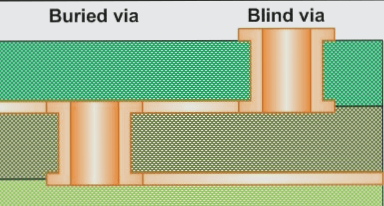PCB Packaging Methods
1. Importance of Effective Packaging in PCB Manufacturing
While often overlooked, the process of packaging plays a crucial role in PCB circuit board manufacturing. Effective packaging not only ensures product safety during transportation but also meets customer expectations for quality.
2. Evolution of Packaging Techniques
Older packaging methods are being replaced by more efficient practices to keep up with the rapid expansion of PCB production capacity. Specific packaging protocols, such as vacuum packaging and proper stacking techniques, are now essential to meet industry standards and customer demands.

3. Vacuum Skin Packaging for PCBs
Implementing vacuum skin packaging not only ensures a tight seal around PCBs but also enhances protection and presentation. This method involves precise steps to prepare, stack, and seal the boards for optimal results.
Operation Procedure:
- Preparation: Set up PE film, adjust heating parameters, and ensure proper functioning of equipment.
- Warehouse Boards: Stack boards with consideration for material conservation and output maximization.
- Starting the Process: Initiate vacuum sealing process and ensure proper cooling before cutting partitions.
4. Customer-Specific Packaging and Additional Considerations
Following customer-specified packing methods is crucial to meet individual requirements. If no instructions are provided, prioritizing damage prevention during transportation is key. Including essential information on the box exterior is also important for identification and traceability.
Factors Influencing the Appearance of PCB Circuit Boards
Overview
As PCB circuit board manufacturing technology advances rapidly, users now expect not only high intrinsic quality but also impeccable appearance. Factors like uniform ink color, absence of impurities, and a clean copper layer are crucial. The impact of pre-screening treatment on appearance quality is significant.
Main Effects of Pretreatment on PCB Appearance
- Oxidation of copper beneath ink
- Physical damage during pretreatment
- Uneven ink color on copper foil
The quality of pretreatment directly affects the appearance quality of PCB circuit boards. Poor pretreatment can lead to rework, production disruptions, delays, damage to reputation, and even board scrapping, impacting the company’s orders and economic outcomes.
To minimize losses and enhance competitiveness, strict control over the pretreatment process is essential.
Purpose and Method of Pretreatment
Pretreatment aims to ensure a clean copper surface free of oxides, grease, and impurities while maintaining a specific roughness level. After pretreatment, a cleanliness test using the Zero-Ion 100A ion concentration tester is conducted to measure impurity particle concentration.
Various pretreatment methods are employed, including nylon brush scrubbing, chemical cleaning, alumina/pumice powder injection, and combinations of these methods.
The Pretreatment Process and Key Considerations
Extensive experiments have refined the pretreatment process flow, parameters, and operational considerations for PCB companies, resulting in significant benefits.
If you have any PCB manufacturing needs, feel free to contact me.




